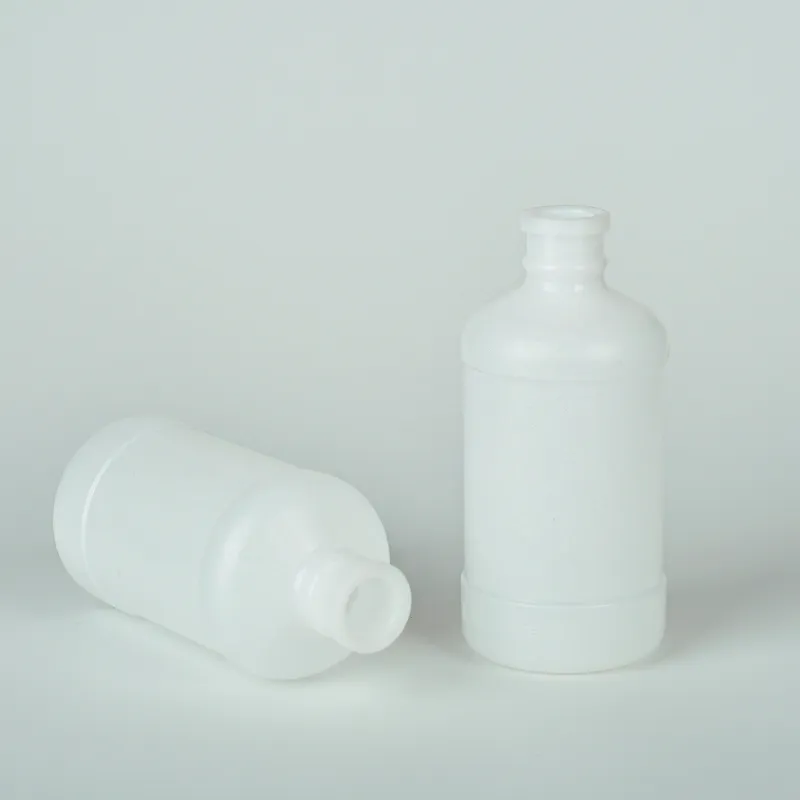https://www.wahmg.com/)">
Comprehensive Analysis of Essential Laboratory Supplies and Equipment for Scientific Research and Experiments
Comprehensive Analysis of Essential Laboratory Supplies and Equipment for Scientific Research and Experiments
Understanding Laboratory Items Essential Tools for Scientific Innovation
Laboratories are the backbone of scientific research and development, providing the necessary environment for experimentation, analysis, and innovation. A wide array of laboratory items plays a crucial role in enhancing the efficiency and accuracy of scientific work. Understanding these items not only aids in the smooth operation of a laboratory but also fosters a deeper appreciation for the meticulous nature of scientific inquiry.
At the core of any laboratory are basic equipment and instruments. Items such as beakers, flasks, and test tubes are essential for holding, mixing, and measuring liquids. These glass or plastic containers come in various sizes and shapes to accommodate different experiments. Beakers, for instance, are typically used for mixing and heating, while Erlenmeyer flasks are preferred for swirling without risk of spillage. The versatility of these items enables scientists to conduct a wide range of experiments efficiently.
Another fundamental category of laboratory items is the measuring instruments, which are pivotal for obtaining accurate data. Graduated cylinders, pipettes, and volumetric flasks ensure precise measurement of liquids, vital for replicating experiments and achieving reliable results. Additionally, digital scales and balances are crucial for weighing solid substances with high precision. The accuracy of measurements is paramount in scientific research, and the right tools make a significant difference in data integrity.
In addition to basic glassware and measuring instruments, specialized laboratory items are essential for conducting specific types of experiments
. For instance, centrifuges are used to separate components of a mixture based on density through rapid spinning, a process critical in fields like molecular biology and biochemistry. Similarly, microscopes allow scientists to observe cellular structures and microorganisms at a magnified scale, providing insights that are not visible to the naked eye.laboratory items

Safety is a paramount concern in laboratory settings, and thus protective equipment constitutes another essential category of lab items. Lab coats, safety goggles, and gloves protect researchers from exposure to hazardous substances and potential accidents. Furthermore, fume hoods and safety showers are crucial safety installations designed to minimize risks associated with chemical spills or inhalation of toxic fumes. Ensuring that a laboratory is well-equipped with safety items is not only a regulatory requirement but also a fundamental aspect of fostering a safe work environment.
Another significant aspect of laboratory items is the role of consumables, which are often overlooked. These include reagents, chemicals, and biological materials essential for experiments. The selection of high-quality consumables can greatly influence the outcomes of an experiment. For instance, using reagents with high purity levels ensures that results are not skewed by contaminants, thereby enhancing the reliability of the study.
Finally, the organization and storage of laboratory items play a crucial role in maintaining an efficient workflow. Lab notebooks, storage cabinets, and labeling systems help keep track of experiments, ensuring that researchers can easily find the items they need and that proper inventory is maintained. An organized laboratory reduces the chances of errors and increases productivity, allowing scientists to focus on innovation rather than logistical challenges.
In conclusion, laboratory items encompass a wide range of tools, instruments, and materials that are indispensable for scientific research. From basic glassware to specialized equipment, each item serves a vital function in the overall laboratory ecosystem. As we continue to push the boundaries of knowledge and technology, the importance of adequately understanding and utilizing these laboratory items cannot be overstated. They are the silent partners in the quest for discovery, innovation, and advancement in science.
-
Wholesale Plastic Juice Bottles with Caps 16 oz Options Available Bulk Packaging SolutionsNewsJun.10,2025
-
Laboratory Apparatus Reagent Bottle – Durable & Chemical Resistant Bottles for Safe StorageNewsJun.10,2025
-
Squeezable Dropper Bottles Durable, Leak-Proof & CustomizableNewsMay.30,2025
-
Affordable Plastic Petri Plates Sterile & Disposable Lab-GradeNewsMay.30,2025
-
Eye Dropper Caps Precision 24/410 & Plastic Bottle-Compatible TipsNewsMay.30,2025
-
Affordable Mini Spray Bottle Price & Wholesale Deals Shop NowNewsMay.29,2025





















